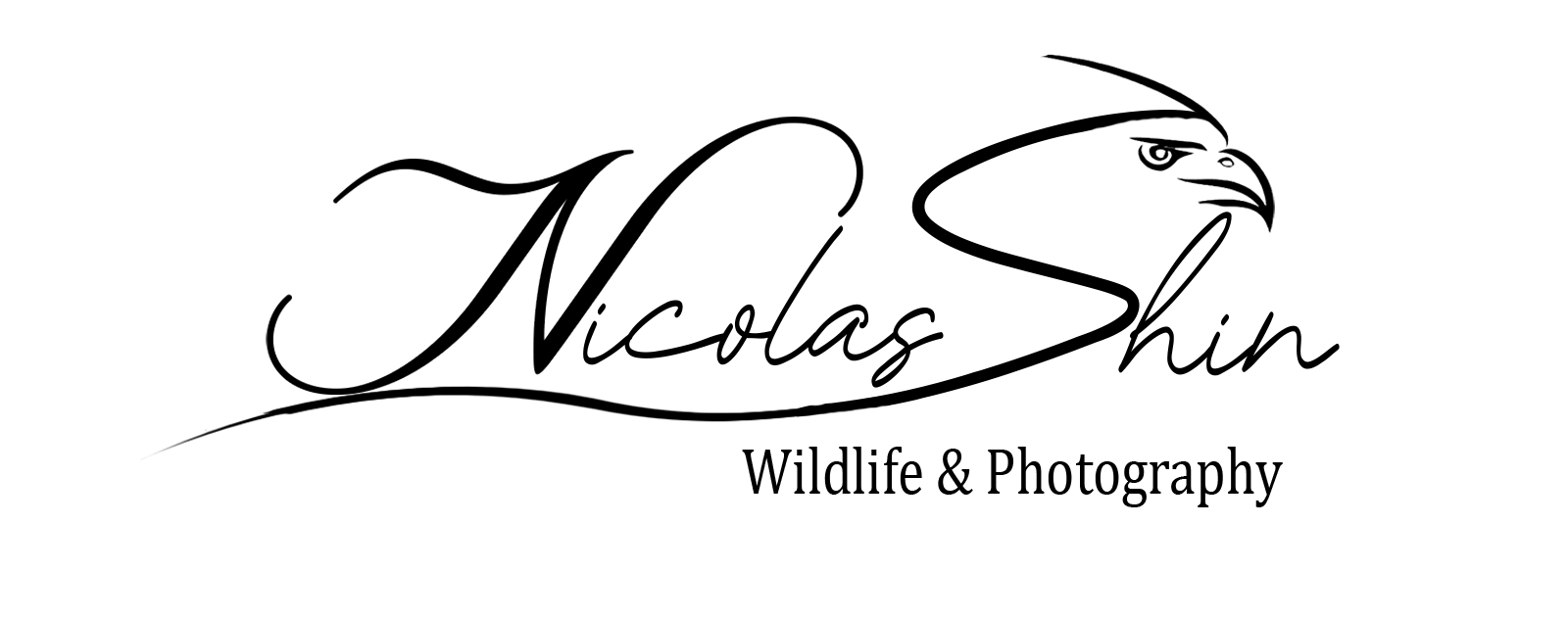As a photographer selling limited-edition fine art prints, authenticity is key—not only for my reputation but also for the value of the prints themselves. In an age where digital copies are easily shared, ensuring that each physical print remains unique and verifiable became a priority for me. That’s when I started exploring blockchain technology as a solution.
Why Use a Blockchain Certificate of Authenticity?
Traditionally, Certificates of Authenticity (COAs) are just printed documents accompanying an artwork. While these work well in most cases, they come with certain risks:
- Forgery – A paper certificate can be easily duplicated or altered.
- Loss – If the certificate is lost, proving the authenticity of the artwork becomes difficult.
- Resale Tracking – If a buyer resells the artwork, there’s often no way to verify the new owner.
- Forgery – A paper certificate can be easily duplicated or altered.
- Loss – If the certificate is lost, proving the authenticity of the artwork becomes difficult.
- Resale Tracking – If a buyer resells the artwork, there’s often no way to verify the new owner.
Blockchain technology solves these problems by creating a tamper-proof, digital certificate that is permanently stored and easily verifiable.
Different Methods for Creating a Blockchain COA
After researching different approaches, I found that there are multiple ways to use blockchain for authenticity:
◉ Simple Blockchain Record – Storing COA details on a blockchain ledger (e.g., via Ethereum, Tezos, or Polygon). This acts as a timestamped proof of authenticity.
◉ NFT as a Digital Twin – Minting a Non-Fungible Token (NFT) that represents the physical print, allowing verification and ownership tracking.
◉ Smart Contract-Based COA – Creating a smart contract that automatically updates ownership records when the print is sold.
◉ Hybrid Approach – Combining a paper COA with an NFT for digital verification.
◉ Simple Blockchain Record – Storing COA details on a blockchain ledger (e.g., via Ethereum, Tezos, or Polygon). This acts as a timestamped proof of authenticity.
◉ NFT as a Digital Twin – Minting a Non-Fungible Token (NFT) that represents the physical print, allowing verification and ownership tracking.
◉ Smart Contract-Based COA – Creating a smart contract that automatically updates ownership records when the print is sold.
◉ Hybrid Approach – Combining a paper COA with an NFT for digital verification.
I decided to go with the hybrid NFT method because it allowed for ownership tracking, digital proof, and easy resale authentication.
Physical COA linking the physical print with the NFT
How I Created My NFT Certificate of Authenticity
Step 1: Designing the NFT Image
I wanted my NFT to include both: ✅ A digital version of the fine art print – So it visually connects to the real artwork. ✅ An embedded Certificate of Authenticity – To reinforce its purpose as a proof of authenticity.
I designed an image containing:
- The full-resolution or watermarked version of the print.
- The COA information (Title, Edition Number, Date, and Artist Signature).
- A clear note stating: “This NFT serves as proof of authenticity for a physical fine art print.”
- The full-resolution or watermarked version of the print.
- The COA information (Title, Edition Number, Date, and Artist Signature).
- A clear note stating: “This NFT serves as proof of authenticity for a physical fine art print.”
Step 2: Minting the NFT on OpenSea (Ethereum)
1️⃣ Connected my MetaMask wallet to OpenSea.
2️⃣ Clicked “Create” and uploaded the NFT image.
3️⃣Added metadata: Name: "[Photo Title] – Certificate of Authenticity", Description: "This NFT certifies the authenticity of a limited-edition fine art print. The NFT must be transferred alongside the print upon resale.", Edition number and material in properties.
4️⃣ Selected Ethereum as the blockchain
5️⃣ Clicked “Create” – My NFT was now live!
2️⃣ Clicked “Create” and uploaded the NFT image.
3️⃣Added metadata: Name: "[Photo Title] – Certificate of Authenticity", Description: "This NFT certifies the authenticity of a limited-edition fine art print. The NFT must be transferred alongside the print upon resale.", Edition number and material in properties.
4️⃣ Selected Ethereum as the blockchain
5️⃣ Clicked “Create” – My NFT was now live!
Step 3: Updating the Physical COA
Once the NFT was created, I:
✅ Added the NFT Link to my printed COA.
✅ Generated a QR Code linking to the NFT’s OpenSea page.
✅ Made it clear that resale requires NFT transfer to keep authenticity intact.
✅ Added the NFT Link to my printed COA.
✅ Generated a QR Code linking to the NFT’s OpenSea page.
✅ Made it clear that resale requires NFT transfer to keep authenticity intact.
Step 4: Selling the Print & Transferring the NFT
When a buyer purchases a print:
1. I provide the physical print + printed COA.
2. I transfer the NFT to their wallet (confirming their ownership on the blockchain).
3. If they resell, they must transfer the NFT to the new buyer.
1. I provide the physical print + printed COA.
2. I transfer the NFT to their wallet (confirming their ownership on the blockchain).
3. If they resell, they must transfer the NFT to the new buyer.
This process was a learning experience, but in the end, it added real value to my art. Buyers now have a secure, verifiable proof of authenticity that can’t be lost or faked. Plus, if they ever resell, the NFT ensures that future buyers can always trace the origin.
Blockchain isn’t just for digital art—it can enhance the value of physical prints too. And for me, it was the perfect way to blend technology with my photography.
NFT image
